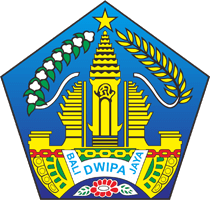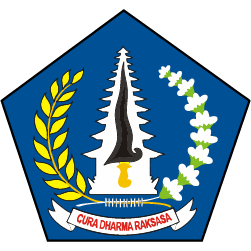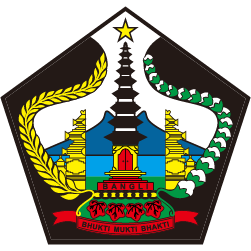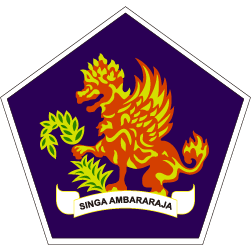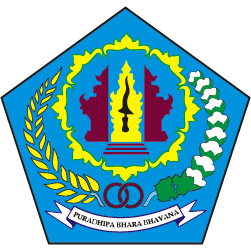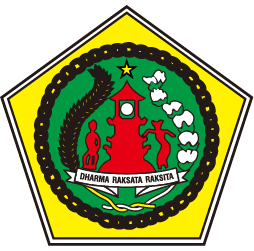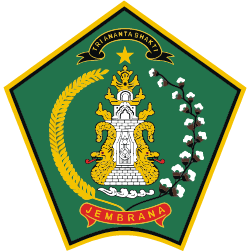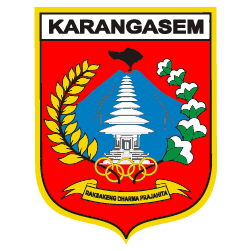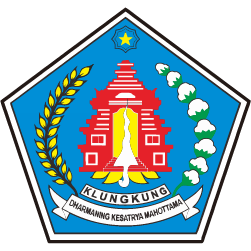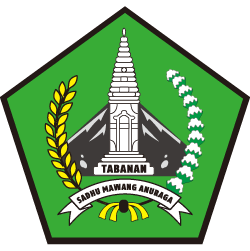9 Balinese Dance Declared As UNESCO's World Cultural Heritage
9 Balinese Dance Declared As UNESCO's World Cultural Heritage.
Bali is very identical with its culture, and dance is one of them. While you’re in Bali, you can watch various types of dance performances: ceremonial dance and entertainment dance. Of the many dances, nine of them are designated as World Cultural Heritage by UNESCO. This determination is assessed based on the uniqueness and age of the dance. Then, what are the Balinese dances that have been successfully designated as cultural heritage?
1. Barong Ket Dance
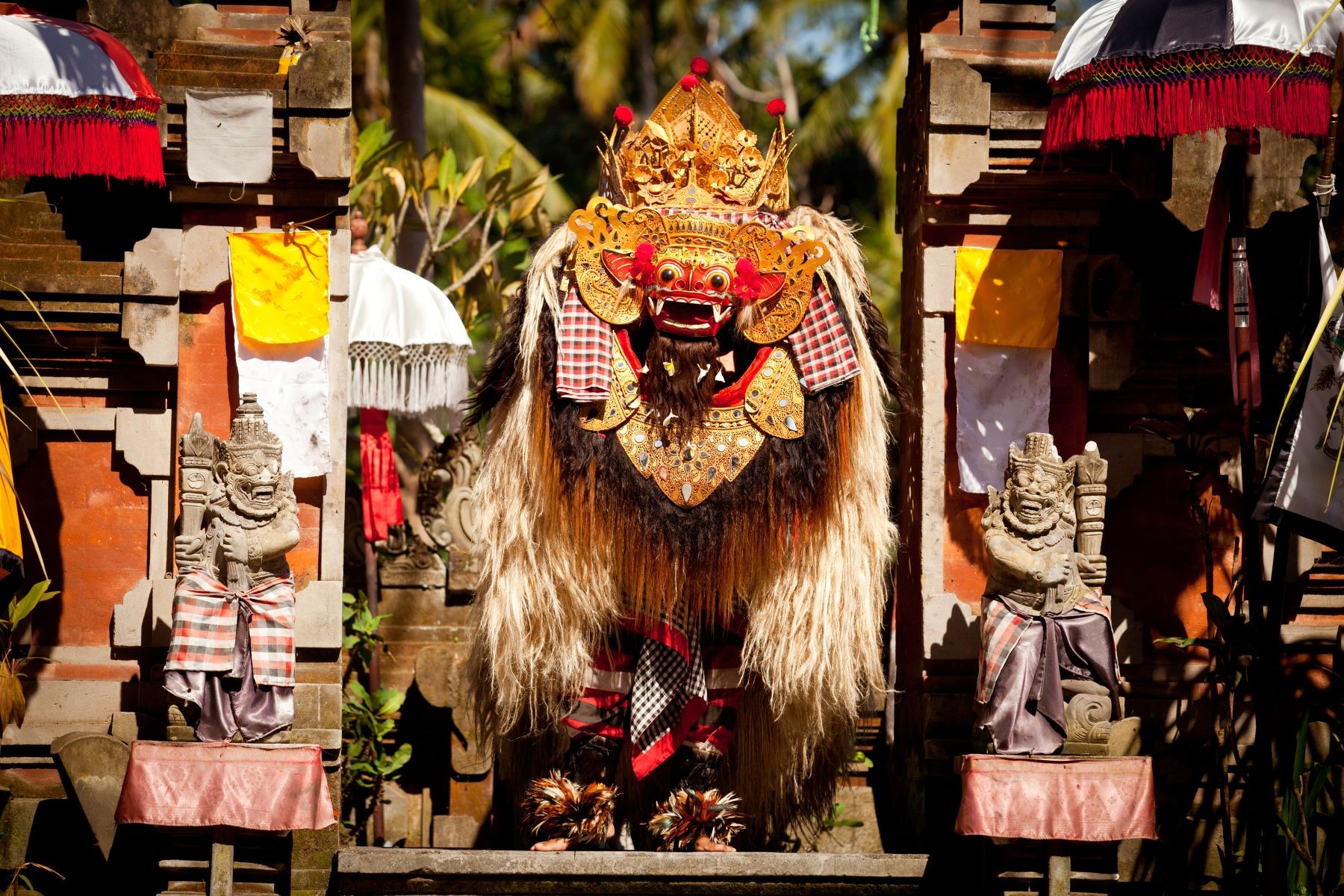
Barong is the dance most often performed for tourists. Barong is the embodiment of Sanghyang Tri Murti. Usually, there are 3 types of barong mask colors. The red mask is the symbol of Lord Brahma, the black color is the symbol of Lord Vishnu, and the white color is the embodiment of Lord Iswara. This dance is a very well-known entertainment throughout the world.
2. Joged Bumbung Dance
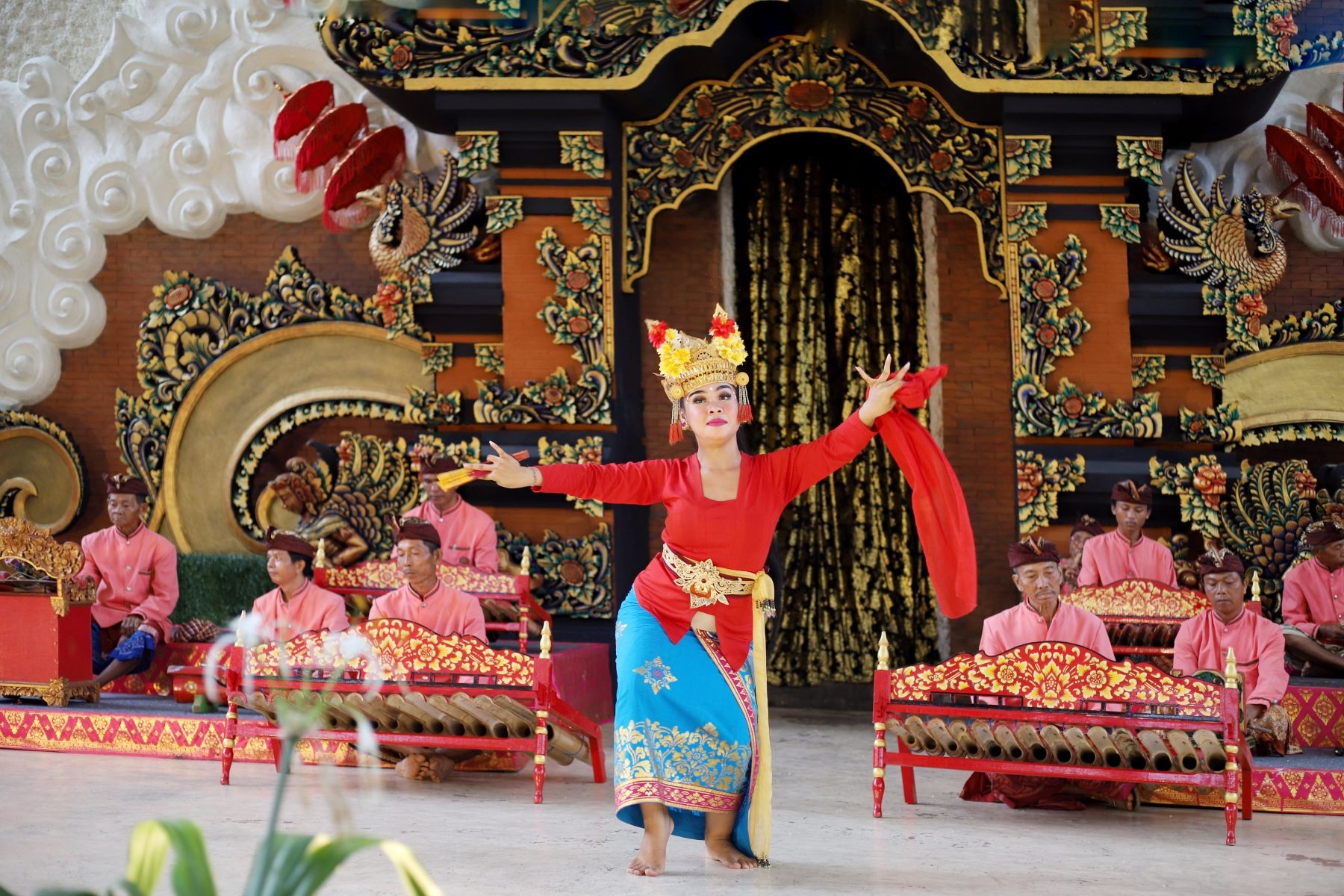
Joged Bumbung is one type of dance in pairs, accompanied by traditional musical instruments. The musical instrument is made of bumbung bambu (bamboo reed), so it is called Joged Bumbung. In the beginning, you will see ngelambar, or the performer who is dancing by herself. After that, the dancer appoints a man to accompany her to dance, which is called ngibing. The female dancer must continue to look for a dancing partner until the accompaniment music is finished playing.
3. Legong Keraton dance
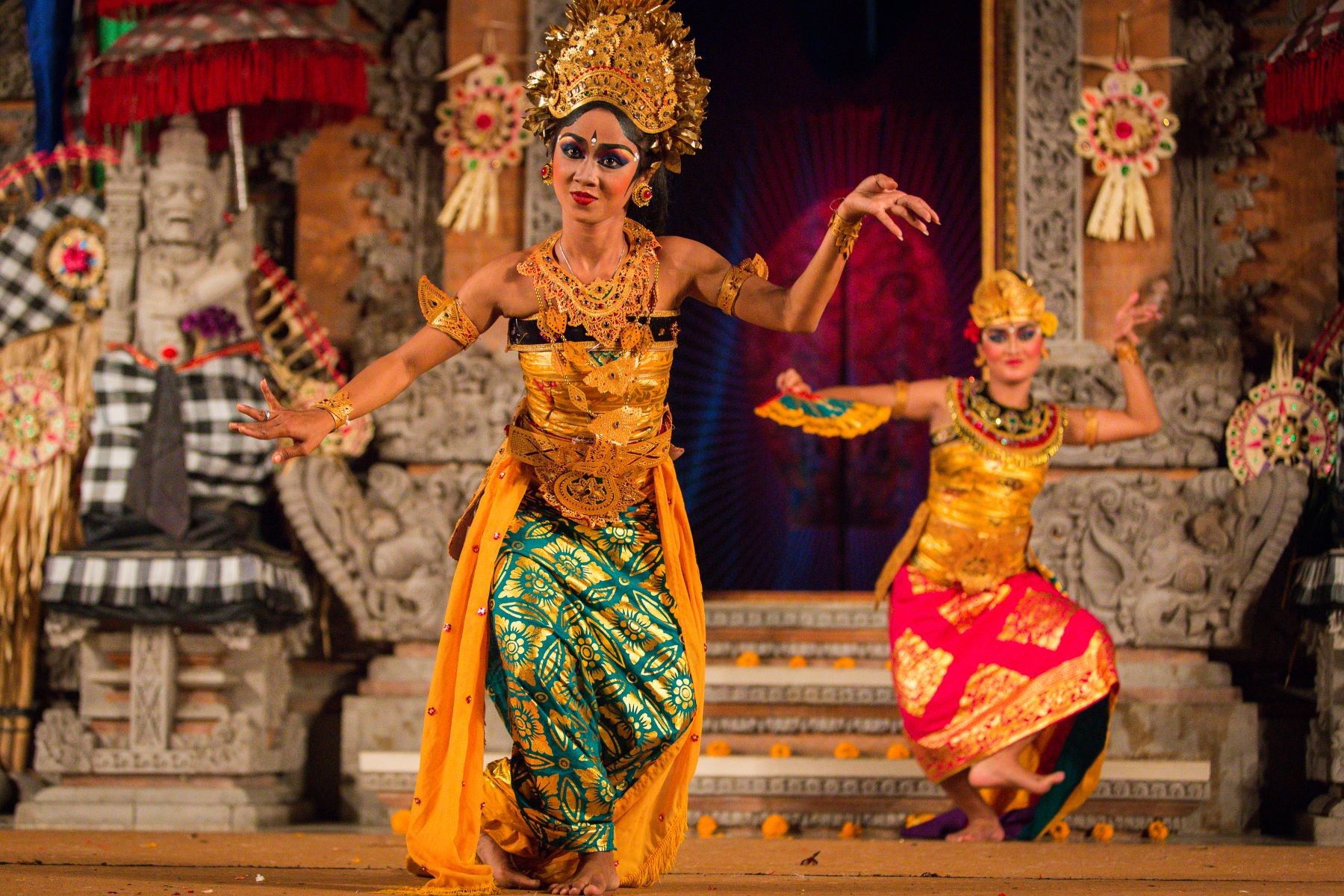
Legong Kraton is a classical dance that plays ancient stories such as the Prabu Lasem story. This dance is usually performed by three girls. Where one person acts as Condong and the two others play Legong.
4. Wayang Wong Dance Drama
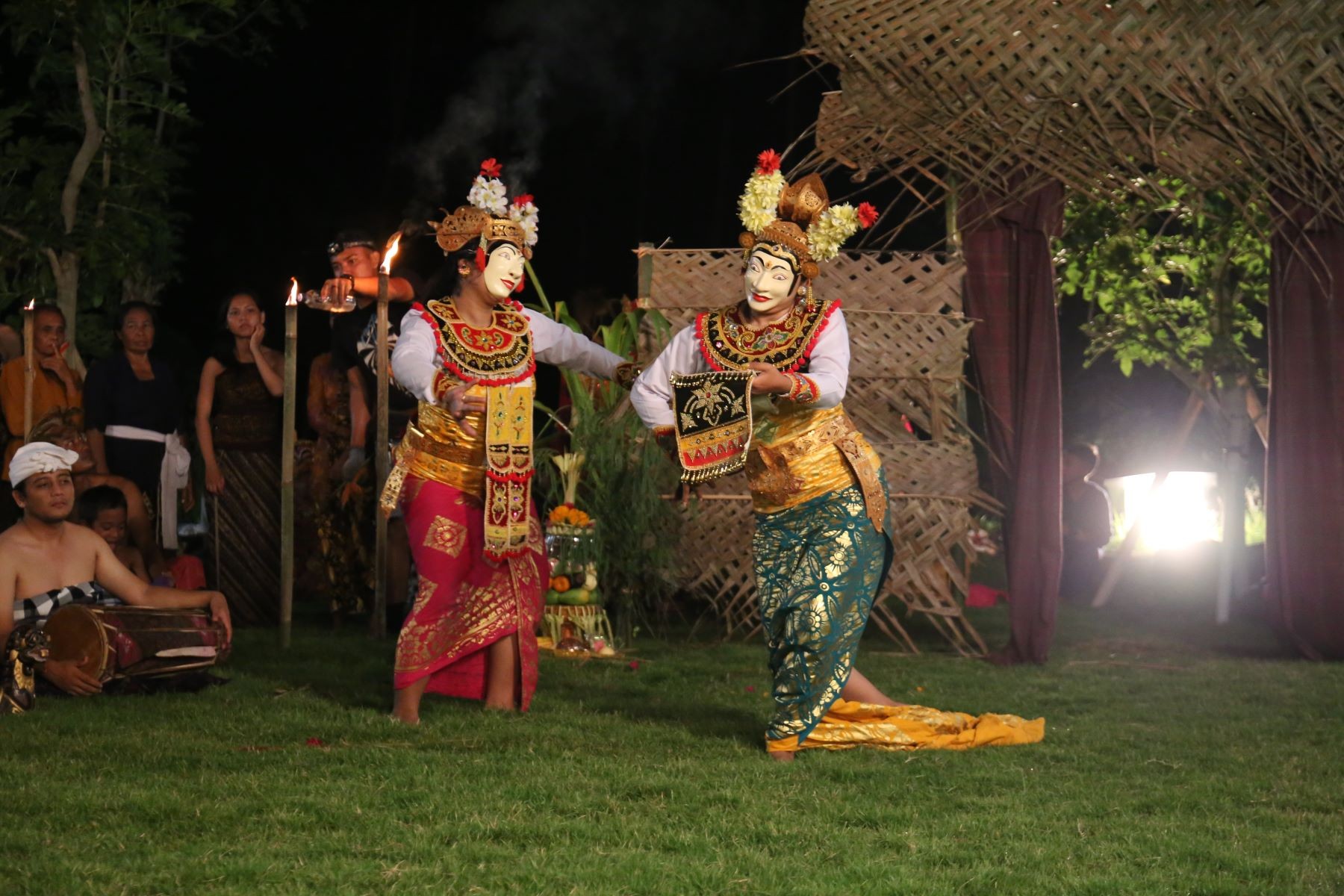
Wayang Wong in Bali is a classic form of performance art. This dance is also a unity of dance, percussion, song, and drama by using tapel or mask. The play is taken from the Ramayana story. As a performance art with high aesthetics, Wayang Wong presents a complete performance. Including the stage layout and lights into additional beauty.
5. Gambuh Dance Drama
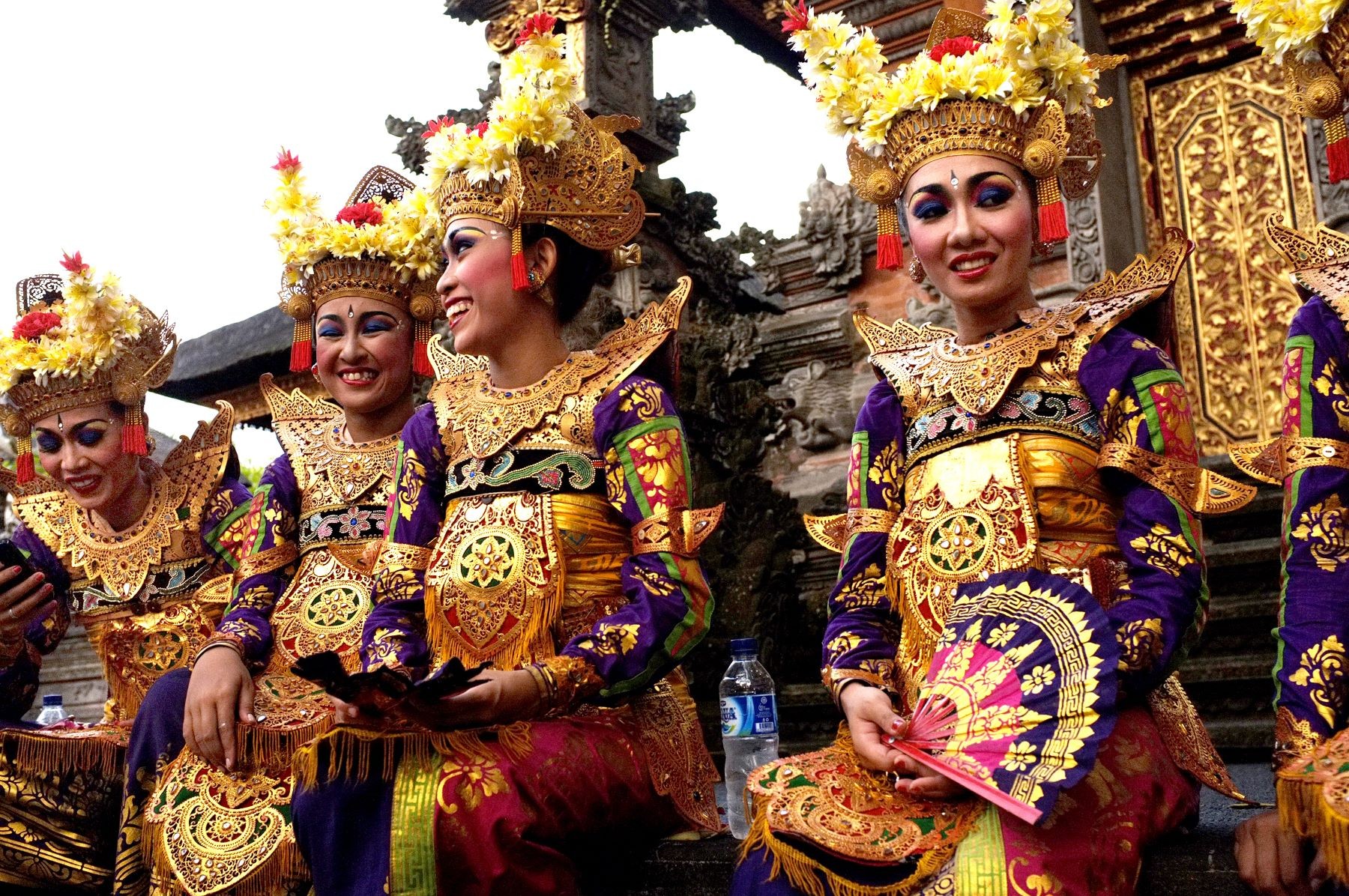
The Gambuh dance drama is also the embodiment of the oldest dance in Bali. It is estimated that Gambuh appeared around the 15th Century with a play originating in the Panji story. Gambuh has complete art instruments, including sound, drama, dance, fine arts, and literature. Interestingly, the names of the dancers were taken from the names of royal aristocrats in East Java in the 12th to 14th centuries. Gambuh dance is only performed during large ceremonies or when Ida Bhatara descends to earth.
6. Sidhakarya Mask Dance
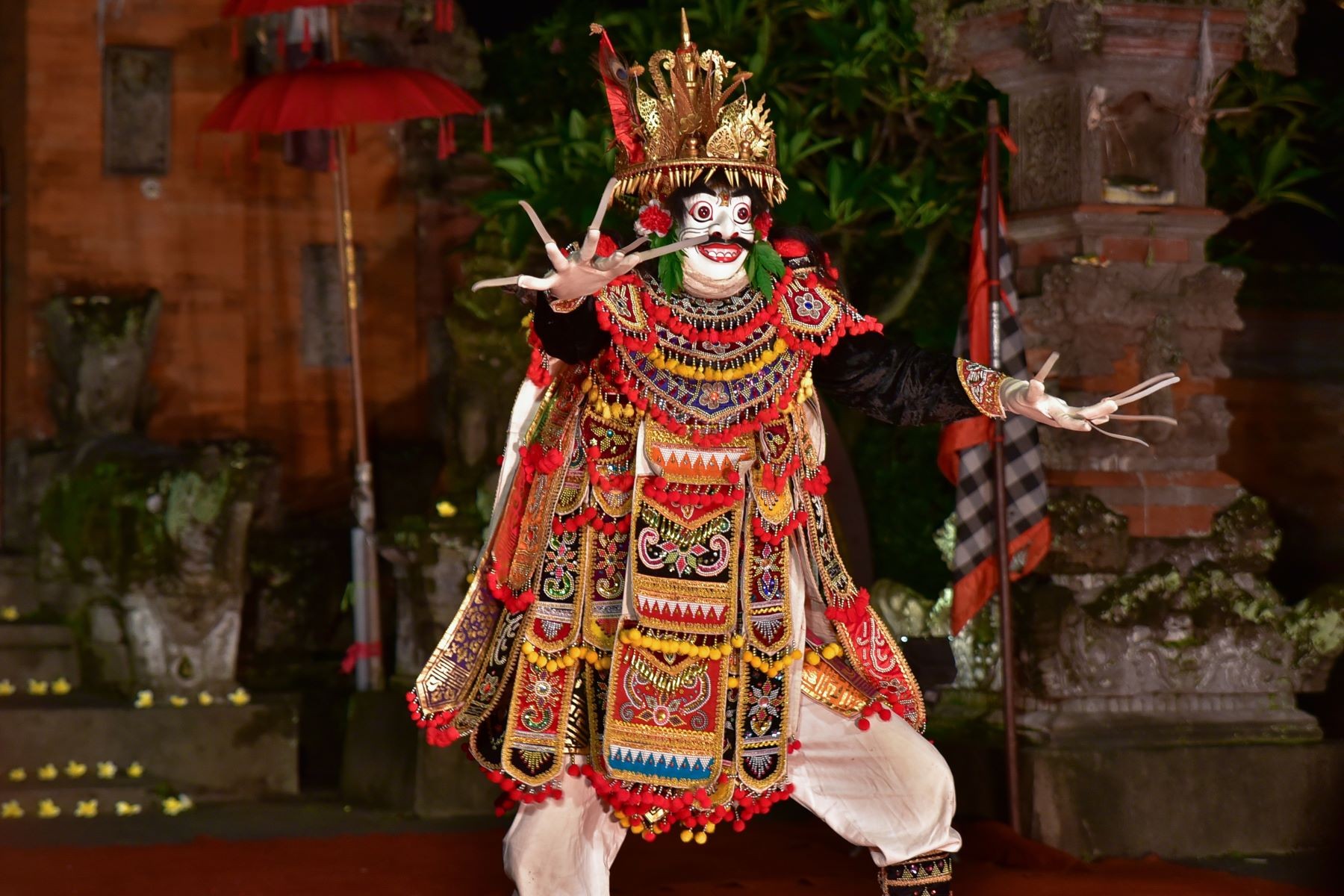
The Sidhakarya Mask Dance usually becomes the closing in the implementation of religious ceremonies. Withdrawn at the end of the ceremony, it serves as a complement to ensure each ritual that has been carried out previously has reached perfection. The Sidhakarya Mask Dance is a sacred dance that is only danced at large ceremonies.
7. Baris Dance Ceremony
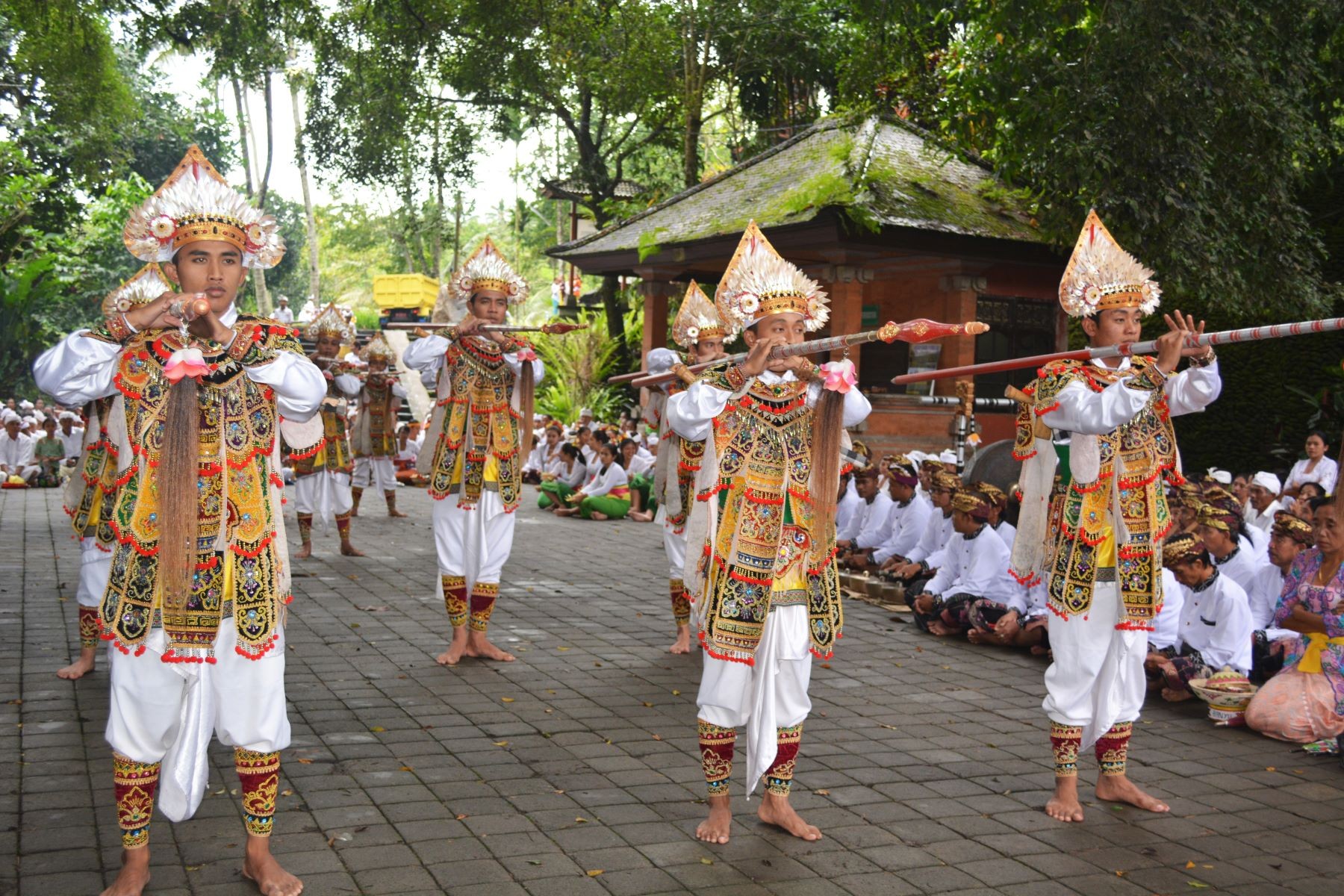
Another sacred dance that is recognized as an Intangible Cultural Heritage by UNESCO is the Baris Ceremony Dance. This dance is usually performed specifically for the God Yadnya. The Baris Ceremony dance functions as a greeter to the coming of the deity to the world at the time of piodalan in the temple. The Baris Dance is performed by 30 adult men who are holding spears. The dance is in a line-shaped (baris) formation, the same as the name, Baris Dance Ceremony.
8. Sanghyang Dedari Dance

This dance has a mystical purpose, so it is not held for the public. The Sanghyang Dedari dance is danced to protect villages from disease outbreaks, natural disasters, and so on. This dance is a legacy of pre-Hindu cultural heritage which is danced by two to four teenage girls. Dancers are often in a state of kerauhan or possessions. This dance is not accompanied by musical instruments, but by several people singing offerings to God.
9. Rejang Dance
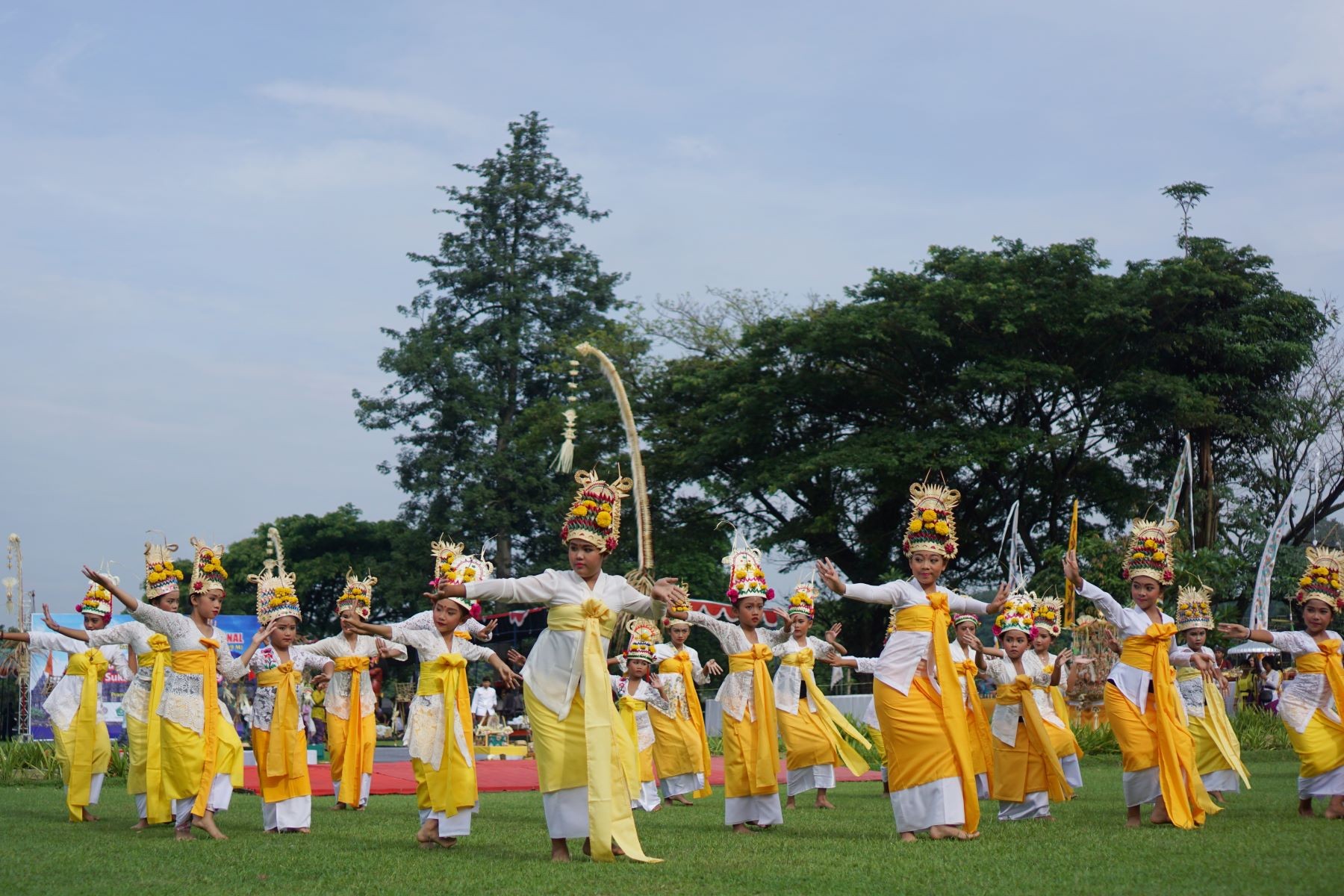
Rejang is a dance of religious ceremonies held in temples, merajan, or sanggah. Based on the choreography, this dance is more flexible, adjusting to the situation and conditions. For example, at the Pangider Buana Ceremony, the dancers will go around the offerings in circles following the purwa daksina.





